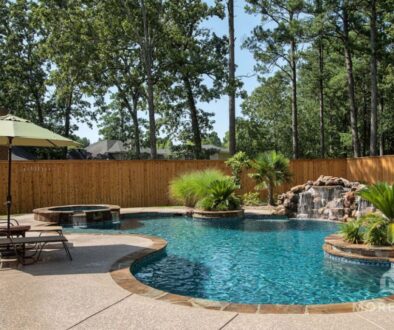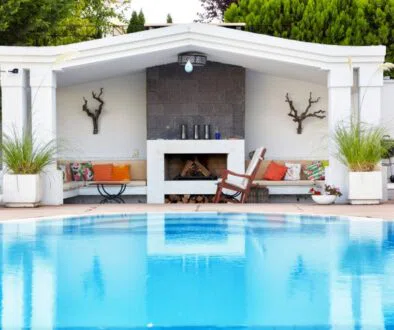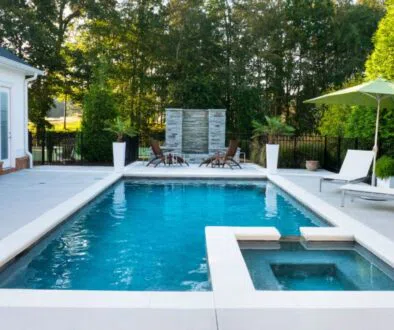Diamond Brite Pool Finish: Pros, Cons, and Is It Worth It?

Published March 18, 2025
Your decision regarding the pool finish is one of the primary building choices during construction. Plaster, tile, and aggregate treatments are the most frequently used pool finishing materials.
Diamond Brite is a pool finish option gaining popularity because of its excellent combination of characteristics. Homeowners choose Diamond Brite pool finish due to its durability, attractive appearance, and distinctive strength properties.
What Is Diamond Brite?
Diamond Brite is a pool finish made from quartz aggregates and polymer-modified cement. It’s designed to be stronger and more attractive than standard plaster. While it’s often called a finish, Diamond Brite is a branded type of aggregate pool finish.
A Diamond Brite pool’s surface has a textured look similar to sandblasted concrete but with much better performance. It became popular for its color variety, strength, and ability to resist stains and fading.
Let’s look at the pros and cons of a Diamond Brite pool finish to help you decide if it’s the right choice for your pool.

Diamond Brite Pool Finish: Pros
Diamond Brite Pool Finish Offers Strong Resistance
One major reason homeowners choose a Diamond Brite pool finish is its ability to resist wear and damage better than regular plaster or standard aggregates.
This type of finish is known to stand up well against:
- Scratches
- Rust
- Pool chemicals
The materials used in Diamond Brite pool finishes form a protective layer that helps shield the surface from corrosion, chemical damage, and physical wear.
As a result, stains are less likely to appear, even in pools treated with strong chemicals. A Diamond Brite pool also resists algae buildup since the surface is less porous, making it harder for microorganisms to attach.
This durability means fewer issues like flaking, scaling, or discoloration over time, helping your pool stay cleaner and look great longer.
Diamond Brite Pool Finish Is Easy to Maintain
Another reason homeowners choose a Diamond Brite pool finish is because it is easier to care for than traditional plaster.
This is mainly due to two key factors:
First, the surface of a Diamond Brite pool is less porous, so algae and debris don’t stick easily. Even if buildup occurs, it can be removed with simple brushing.
Second, Diamond Brite pool finishes provide natural slip resistance. This makes it safer to walk on when the pool is drained and easier to clean without slipping.
A Diamond Brite pool requires less frequent scrubbing and is less likely to stain, saving time and effort in maintenance.
Diamond Brite Pool Finish Is Durable
Diamond Brite pool finish is the best option because it lasts longer than standard plaster surfaces.
A standard plaster coating survives between 7 and 10 years. An aggregate finish lasts 15 years or longer but a pebble finish survives between 20 years. Tile finishes normally maintain their quality for 5 to 10 years. A typical Diamond Brite pool finish can survive between 8 and 15 years based on water chemistry and proper maintenance.
Diamond Brite provides owners with a durable pool surface between medium- and high-span lifetime options.
Diamond Brite Colors Offers a Range of Options
Diamond Brite provides customers various color options, representing one of its leading advantages in pool surface finishes. Standard pool finishes offer few color choices, but Diamond Brite stands out because you gain control over the pool’s appearance according to your design.
Popular Diamond Brite colors include:
- Cool Blue
- Light Blue
- Blue Quartz
- Midnight Blue
- French Gray
- Aqua
- Onyx
These shades give your Diamond Brite pool a unique water tone depending on light reflection, pool depth, and surroundings. Whether you want a bright tropical feel or a deep, dramatic look, a Diamond Brite color suits your vision.
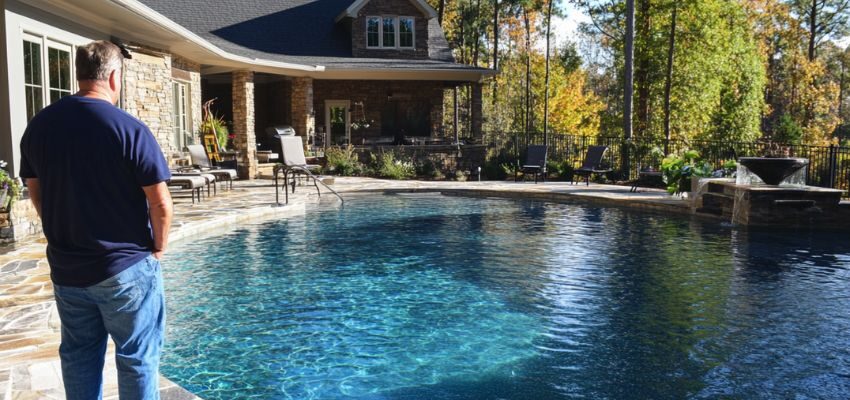
Diamond Brite: Cons
Diamond Brite Pool Finish Costs More Than Alternatives
Using Diamond Brite to finish a pool represents one of the few disadvantages because it costs more than alternative pool surfaces. Depending on their pool dimensions and labor expenses, owners will need approximately $10,000 to resurface their pool with Diamond Brite plaster.
For comparison:
- Regular plaster costs about $5 per square foot
- Aggregate finishes cost around $6 per square foot
- Pebble finishes cost $10 per square foot
- Tile finishes range from $15 to $25 per square foot
If you’re resurfacing a standard-sized pool (about 16 feet by 32 feet, with an average depth of 6 feet), that’s roughly 1,088 square feet of surface area.
Estimated total costs:
- $5,440 for plaster
- $6,528 for aggregate
- $10,880 for pebble
- $16,320 to $27,200 for tile
While Diamond Brite pool finish is not the most expensive option, it’s still a bigger investment than plaster or standard aggregate finishes. For homeowners focused on budget, the added cost might be a consideration.
Diamond Brite Pool Finish Can Be Prone to Bond Failure
Another downside to consider with Diamond Brite pool finishes is the risk of bond failure. This happens when the finish does not properly stick to the pool’s surface during installation.
When a bond failure occurs, the finish may begin to loosen or crack, which can shorten the lifespan of your Diamond Brite pool.
The good news is that this problem is usually preventable. Bond failure is often caused by poor installation. If you choose a skilled and experienced contractor, your Diamond Brite pool finish should hold well.
If you’re planning a renovation, look at our Diamond Brite pool resurfacing services to ensure a quality result.
FAQs
Is Diamond Brite Pool worth it?
Diamond Brite is worth it for its durability, stain resistance, and attractive finish that lasts longer than standard plaster.
What is better than Diamond Brite?
Finishes like PebbleTec or glass bead aggregates may offer greater durability and a smoother feel, but they also come at a higher cost.
How long does Diamond Brite last?
A properly maintained Diamond Brite pool finish typically lasts 10 to 15 years.
What are the benefits of Diamond Brite?
Diamond Brite offers improved durability, low maintenance, slip resistance, and a wide range of color options.
What are the benefits of diamond glow treatment?
The Diamond Glow treatment provides skincare benefits that do not involve swimming pool activities. It removes dead skin cells while moisturizing and lightening skin tone for optimal rejuvenation.
Final Thoughts
Awareness of both advantages and drawbacks makes Diamond Brite Finish a good choice. The finish combines durability with Diamond Brite color options and requires less maintenance than standard plaster finishes.
The Diamond Brite pool finish is not available in every price range. However, plaster or basic aggregate are reasonable alternatives for cost-effective finishes.
A Diamond Brite pool is a wise investment for people who want a durable, aesthetic surface that requires minimal maintenance.
Hire Boca’s Favorite Pool Builders
Excel Pool and Patio Solutions is your trustworthy provider of pool services in Boca Raton. We are experts in pool and patio remodeling and can handle your resurfacing needs as well. Our technicians are vetted and trained for your guaranteed satisfaction. Get to know us by browsing our website or reaching out to us with any questions.
Contact our team today to request a free estimate for pool construction, maintenance, repairs and more.
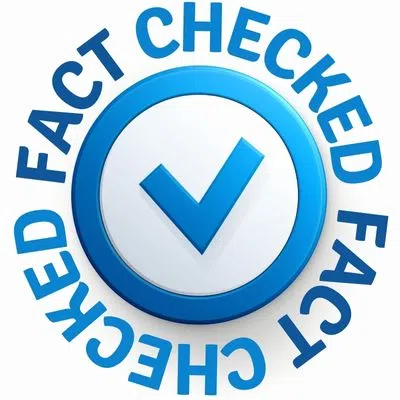
Fact Checked By Experts
This is original content and has been diligently fact checked by our internal team of experts. Discover more about the rigorous editorial standards we uphold for our website here.

About The Author
Hello! I am Corinne, a graduate of Riverside College. My career has evolved into focusing on writing, where I deliver high-quality and meticulously researched content. I have a proven track record of developing helpful articles that engage a wide variety of readers.

